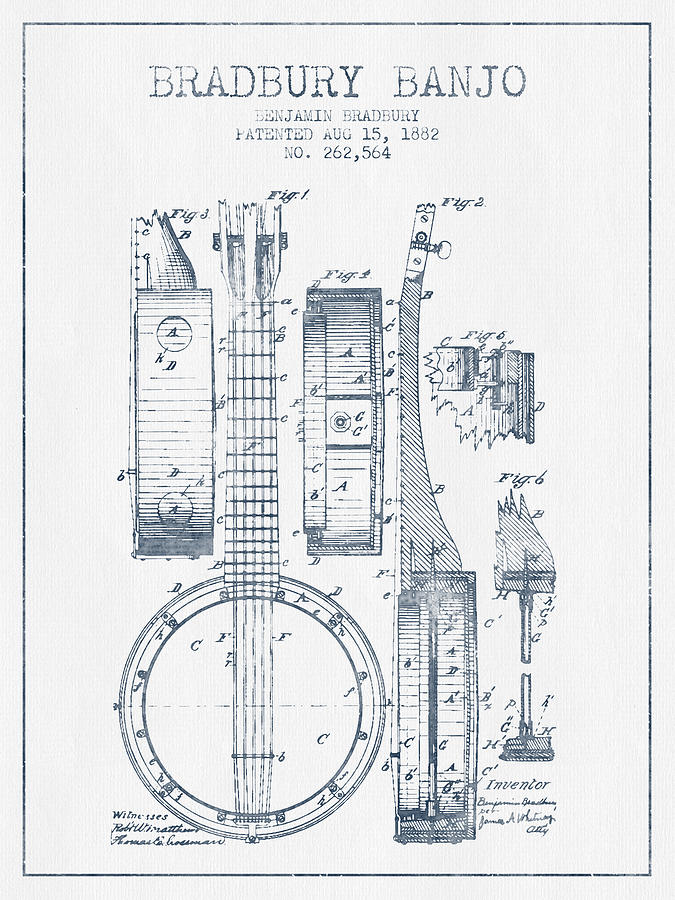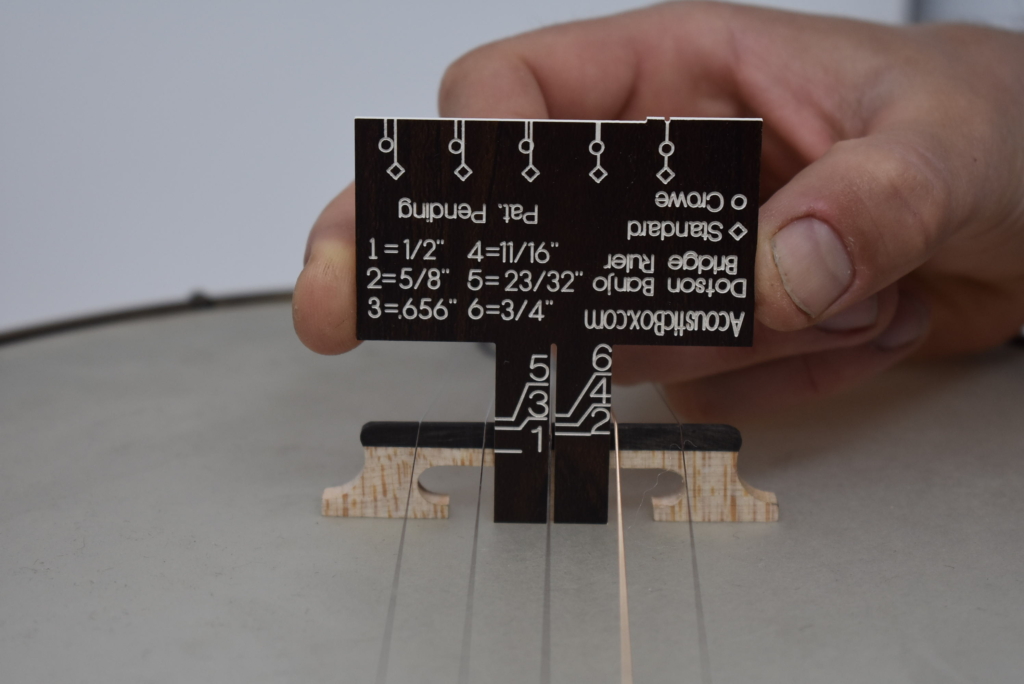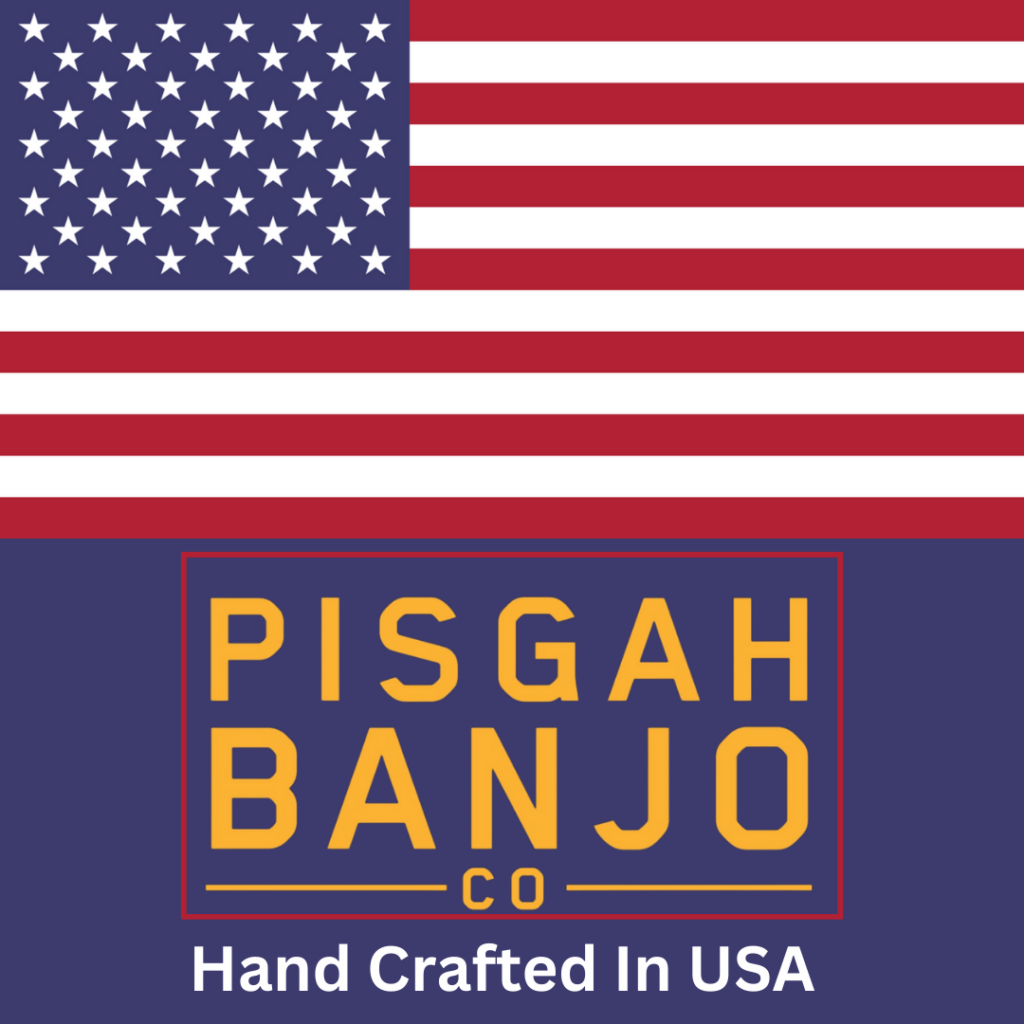
Written by: Patrick David Sawyer
In the world of musical instruments, tonewood selection is an art refined over centuries. Whether it’s the deep warmth of mahogany, the bright clarity of white oak, or the complex overtones of walnut, luthiers have relied on the unique properties of different woods to shape an instrument’s sound. But in recent years, we’ve seen an absurd trend: the patenting of specific woods for musical instrument use.
This has become particularly frustrating in the banjo industry, where builders have long experimented with different woods to fine-tune the voice of their instruments.
Disclaimer
This article is based on years of hands-on experience working with tonewoods, crafting instruments, and studying the rich history of banjo construction. I’m not a corporate lawyer, nor am I making any legal claims—I’m simply speaking from the perspective of a builder who has put in the time, effort, and hard work to understand what makes a great instrument. This is an opinion formed through dedication to the craft, and I strongly believe that restricting access to materials which some companies have done through patents is harmful to both builders and musicians.
Patents Have a Place in the Banjo World—But Not for Tonewoods
To be clear, patents do have a legitimate place in the history of banjo-building. Many of the most iconic innovations in banjo design came from patented ideas—such as the Electric aka “Whyte Laydie” tone ring, the Tub-a-phone tone ring, and various rim construction techniques. Patents have allowed inventors to protect truly novel designs and technological breakthroughs, ensuring that they receive credit and compensation for their contributions.
For example, in the late 19th and early 20th centuries, many of the banjo’s defining features were patented, including:
- Tone rings such as the Dobson and the above mentioned
- Tailpieces like the ubiquitous “No-knot”
- Resonator and flange designs that shaped bluegrass banjo development
- Bracket band construction to eliminate hooks through the rim
- Tensioning and tuning mechanisms for head adjustments
These patents made sense because they were for new mechanical designs ideas, not for materials that had been in use for centuries. However, in recent years, we’ve seen a disturbing shift—companies attempting to patent the use of specific tonewoods in instruments, which is both unnecessary and harmful to the craft.
A Growing Problem in the Banjo World
Unfortunately, patents on tonewoods aren’t just hypothetical. There have already been instances where companies in the banjo world have attempted to patent certain woods, claiming exclusive rights to their use in banjo construction. This is all public information and can be located on the patent office’s website.
This is a direct affront to independent builders, hobbyists, and small shops that have been using these woods for generations. The beauty of banjo building—whether it’s open-back or resonator-style—has always come from the freedom to experiment with different materials. Walnut, maple, cherry, and all types of oaks have been used to great effect, and no single entity should be able to claim ownership over their use.
Big companies attempting to patent tonewoods in the banjo world is nothing more than a business strategy to stifle competition. Frivolous patents like these try and intimidate competition and does not protect innovation—it limits it. And worse, it discourages the next generation of banjo builders from pushing the craft forward using all woods and materials available.
Why Patenting a Natural Material is Absurd
A patent is supposed to protect unique inventions—not natural resources. Here’s why tonewood patents make no sense:
- Nature is Not an Invention – No one invented walnut, white oak, maple, or mahogany. These trees existed long before instrument makers, and trying to patent them is as absurd as trying to patent air or water.
- Banjos Have Always Used Various Woods – From early minstrel banjos to modern open-backs, banjo makers have freely chosen and experimented with any materials based on tone, workability, and availability. Attempting to restrict that through patents is an insult to the history of the craft.
- It Stifles Small Builders and Hobbyists – Unlike large guitar or banjo manufacturers that mass-produce instruments, small builders rely on the ability to experiment and craft unique instruments. If patents start restricting tonewood choices, independent builders will suffer the most.
- It’s a Slippery Slope – If a company patents one wood species for banjo construction, what’s next? Will we see patents on tone rings? Specific neck profiles? Rim construction techniques? The more we allow corporate ownership over fundamental materials and methods, the worse it gets for everyone except big business.
- Simply Not Professional The banjo industry is very small mostly made up of boutique builders trying to stay true to the craft. When Large companies with huge resources go out of their way to make it harder on the small builders, its simply not a good look for the industry. We should all be working together because this industry is growing and the more banjos out there in the world, the better it is for all of us.
The Future of Banjo Building Should Be Open-Source
The best innovations in the banjo world—whether it’s the development of tone rings or even new rim-building techniques—have come from shared knowledge, not corporate control. Patents on tonewoods are nothing more than an attempt to monopolize materials that belong to all builders.
If this trend continues, small builders and independent luthiers will be forced out of the market, and musicians will be left with fewer choices. Instead of restricting the craft, we should be celebrating open-source luthiery, where knowledge, materials, and innovations are shared for the benefit of the entire community.
It’s Time to Speak Up
Patents on tonewoods—especially in the banjo world—are a problem we can’t ignore. If we want to preserve the tradition of handmade instruments, we have to push back against corporate attempts to own something that should belong to every builder.
This is a deeply personal issue for those of us who have put in the time to understand the nuances of wood selection, craftsmanship, and tone. It’s not just about materials—it’s about protecting the soul of instrument-making from unnecessary corporate interference.








